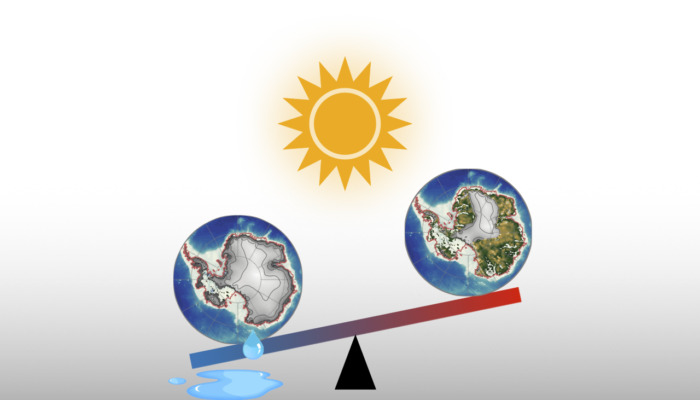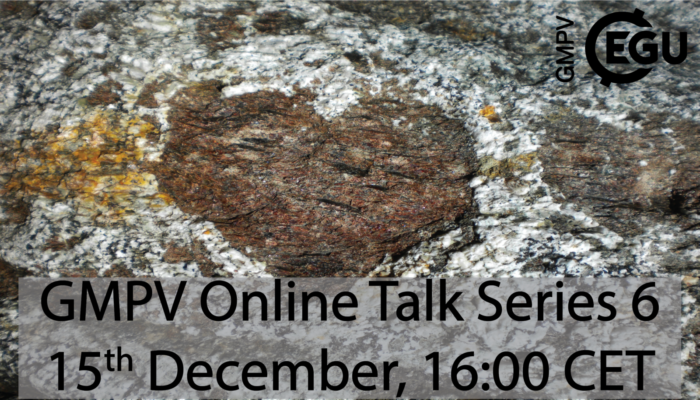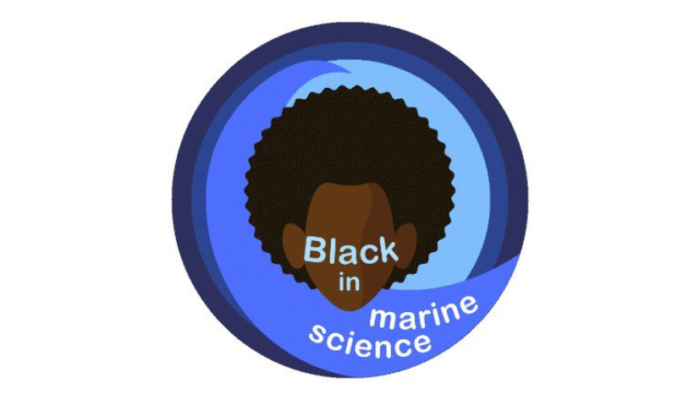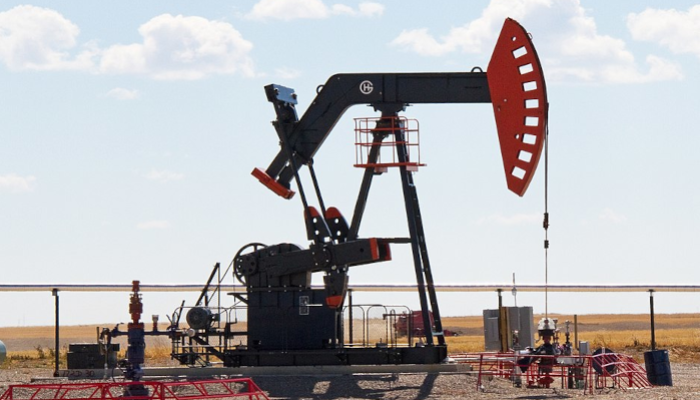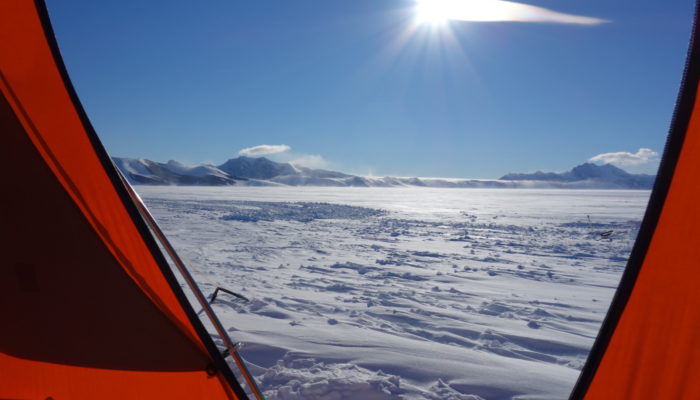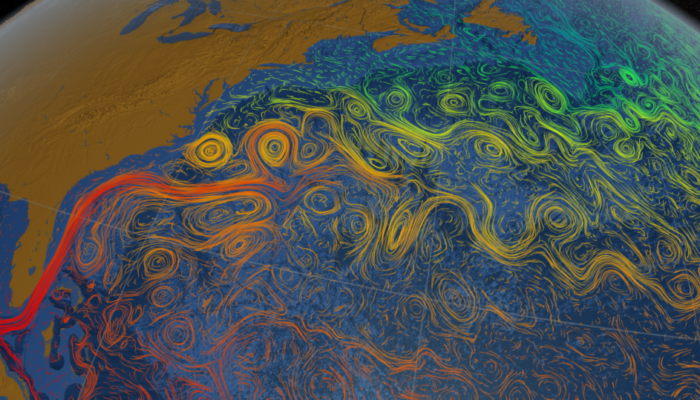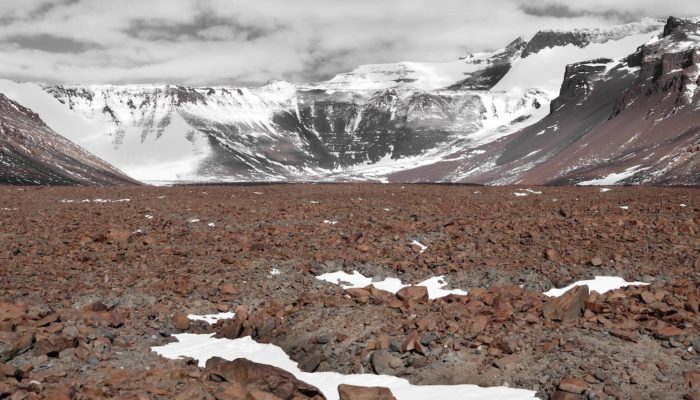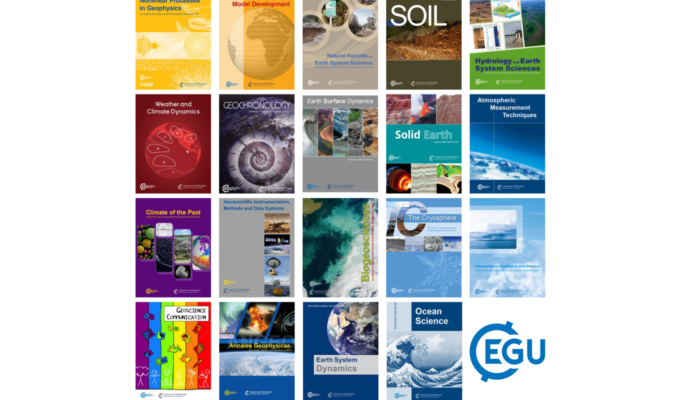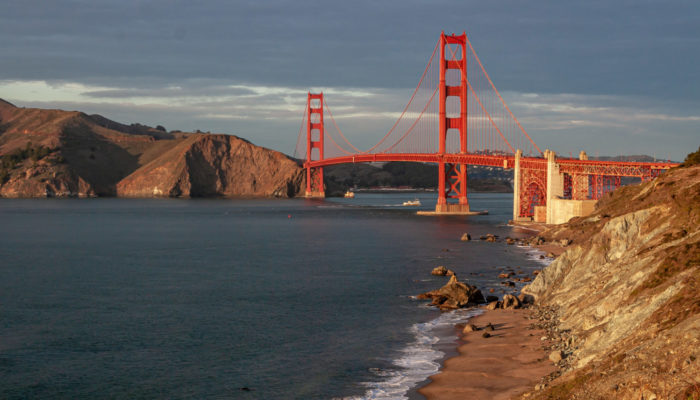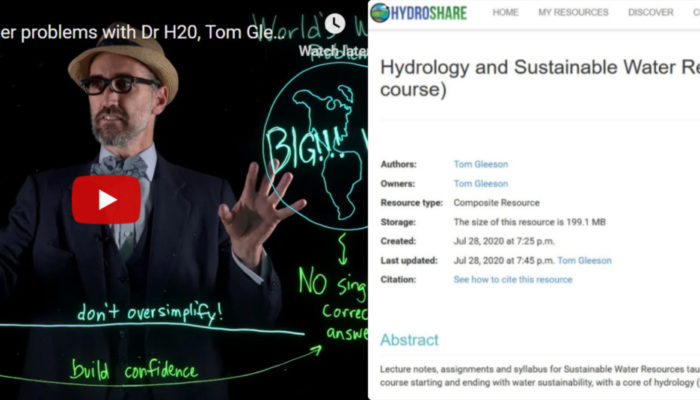Perhaps you have stumbled upon the word ‘hysteresis’ before, for example in connection with the stability behavior of our Earth’s large ice sheets and their long-term effect on global sea-level rise, or the long-term stability of the Atlantic Meridional Overturning Circulation, or even in another context outside earth/climate science. Or you might have come across this term during your studies, bu ...[Read More]
Geochemistry, Mineralogy, Petrology & Volcanology
GMPV ECS online talks: Tuesday 15 December
The 6th edition of the Geochemistry, Minerology, Petrology and Volcanology division’s early career scientists talks will be on Tuesday 15 December 4pm CET. Our speakers are: Giulia Consuma (PhD candidate @ University of Bologna) – Orogenic garnet peridotite: a window to trace carbon and sulfur mobility in fossil continental collision zones Niamh Faulkner (PhD candidate @ Trinity College Dublin) – ...[Read More]
GeoLog
It’s Black in Marine Science Week!
Earlier this summer, as a global society we were reminded; our societies are riddled with inequalities. The deaths of Ahmaud Arbery, George Floyd, Breonna Taylor and other Black people over minor infringements of the law if any, flooded our news feeds; Black people like myself were reminded of just how dangerous our world is. The remnants of slavery and Jim-Crow era segregation are still felt in t ...[Read More]
Geodynamics
Across Borders and Sectors
Moving a country for a new job is a big step, but at the same time changing from an industry job to academics is definitely a leap in the unknown. This week Arushi Saxena, currently a post-doc at the University of Florida, writes about her experience taking these two steps at the same time. As geodynamicists, we are well aware that our numerical models are a function of the input parameters. A re ...[Read More]
GeoLog
Why is research in Antarctica so important?
On the 1st December 1959 the Antarctic Treaty was signed by 12 nations, setting aside nearly 10% of the Earth “forever to be used exclusively for peaceful purposes… in the interests of all mankind.” In the years that followed more and more countries signed the agreement, until today when the agreement has been signed by 54 countries around the globe. In 2010, the Foundation for ...[Read More]
Ocean Sciences
Life as a “dry” oceanographer – studying Earth’s oceans from your laptop
I didn’t always know that I would become an oceanographer when I grew up, but I knew I would be doing ‘Science’. I was born and raised in Paris, France. While growing up, I was always interested in Science, from watching documentaries about the universe or nature, to attending science events at museums. While Science is very wide and encompasses many fields of research, I wasn’t too cl ...[Read More]
GeoLog
Imaggeo On Monday: Desert Varnish, Antarctica Style
This photograph highlights the oxidized surface of diorite boulders, which fall from the ice at the base of the Mullins Glacier in Beacon Valley, Antarctica when the ice moves directly from a solid state into a gas state, without becoming a liquid in between (a process called sublimation). The particular features (morphology) of the varnish and the desert pavement of this unique environment are re ...[Read More]
GeoLog
GeoRoundup: the highlights of EGU Journals published during November!
Each month we feature specific Divisions of EGU and during the monthly GeoRoundup we will be putting the journals that publish science from those Divisions at the top of the Highlights roundup. For November, the Divisions we are featuring are: Stratigraphy, Sedimentology and Palaeontology (SSP) and Geomorphology (GM). They are served by the journals: Geoscientific Model Development (GMD), Earth Su ...[Read More]
Tectonics and Structural Geology
San Francisco: Where the Plates Meet
San Francisco has been a natural gathering place for people across the millennia. It is not a coincidence that this city, situated at the entrance to the largest estuary on the U.S. West Coast, owes its dramatic setting to active geology on the North American plate margin. The first people of the San Francisco Peninsula, the Ramaytush Ohlone, cared for the land here for thousands of years before E ...[Read More]
WaterUnderground
A buffet of new resources for teaching hydrology and water resources!
By Tom Gleeson (aka Dr. H2O) The content of this post will be presented as an invited eLightning presentation at AGU 2020 in the session “Online Hydrology Education: Lessons Learned from Designed and Impromptu Remote Instruction”. When: Tuesday, 8 December 2020: 07:00 – 08:00 PST What I teach and basic resources I teach Sustainable Water Resources (CIVE 340) at the University of Victoria – a ...[Read More]

